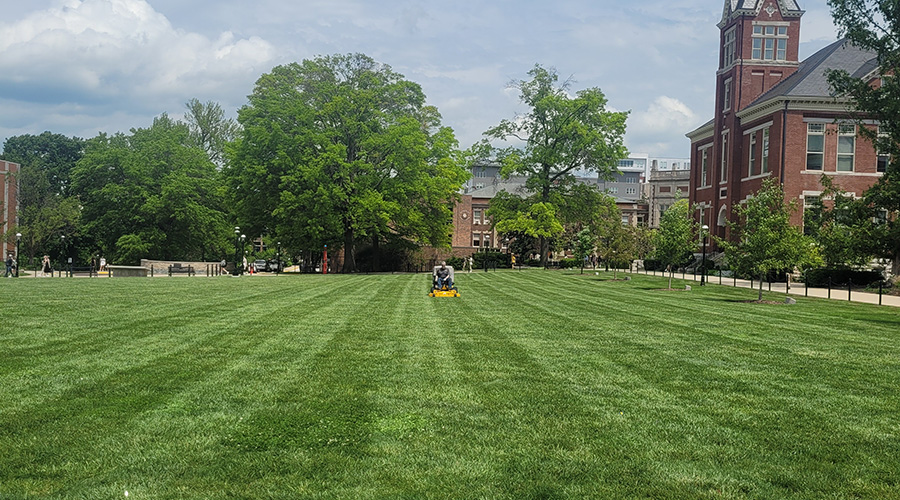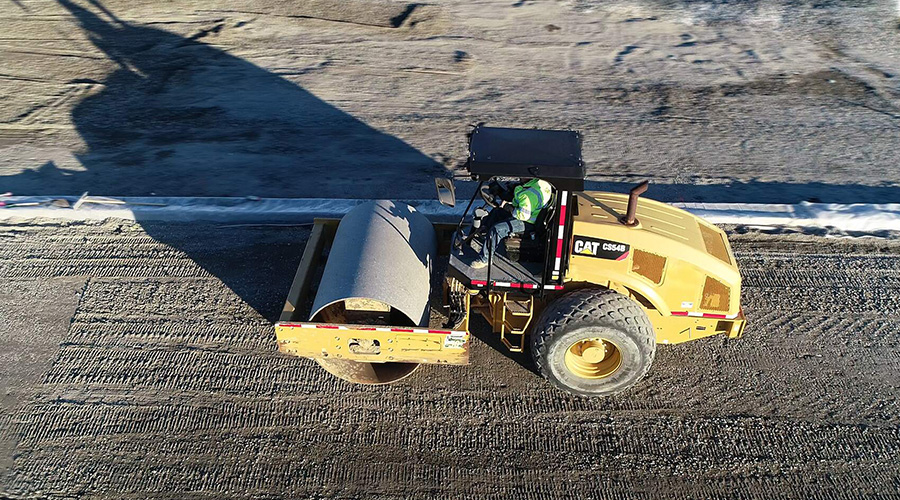Sustainable Landscapes Include Organic Fertilizers, Irrigation Controls
New technology in irrigation controls and delivery systems has greatly increased their efficiency. But in the design process, managers should consider incorporating plantings that will thrive under normal rainfall amounts for the area. Choosing plants indigenous to the area can eliminate the need for supplemental irrigation. This action also might eliminate or at least reduce irrigation to select areas of the site.
If irrigation is necessary for the health of plants, managers should make sure crews continually monitor it and adjust as necessary to avoid wasting water. Using effluent water or water captured in retention ponds for irrigation is not a new idea, but it still can help curtail utility costs.
Managers also can redefine and reduce turf areas. Not all turf has to look like highly manicured athletic fields. Athletic fields are high maintenance and costly. Although turf provides important site functions and aesthetic appeal, sustainable designs should reduce the size of turf areas that are purely aesthetic.
In place of turf, crews can plant native vegetation or low-maintenance grasses that require little or no mowing, fertilizer, or supplemental water. With a creative flair in the design, as well as proper maintenance, these areas can be highly attractive.
Another step toward sustainability involves using organic or organic-based fertilizers and minimizing herbicide use. Managers must keep in mind healthy plants will not need excessive fertilizers, fungicides or insecticides to live. Instead, managers should concentrate on selecting plants that will thrive naturally in the given environment, whether natural or built.
Finally, managers can choose to incorporate materials such as stone or mulch, and the best option is to use local sources. Selecting stone from Montana for a site in Georgia, for example, requires significant use of fuel, time, and manpower to transport and is not considered sustainable. Also, selecting pine-needle mulch for a site in Chicago would defy the idea of sustainability.
Landscape designers and grounds managers must work together to create truly sustainable sites that are highly functional, protect the environment, improve the health and well-being of humans and wildlife, and conserve both natural resources and budget dollars. Sustainability is not just the latest passing fad. It is likely to be a common-sense approach to design and management for ages to come.
This article was provided by the Professional Grounds Management Society, www.pgms.org
Related Topics:













